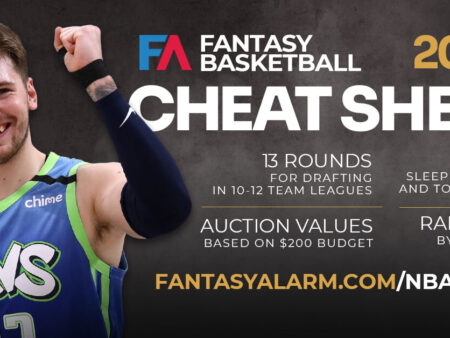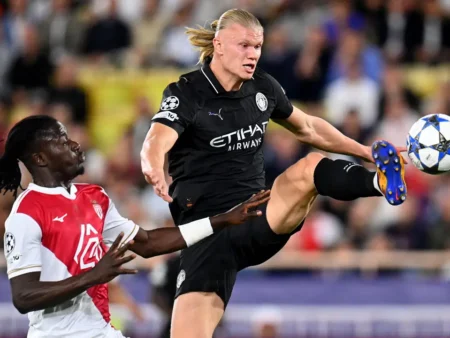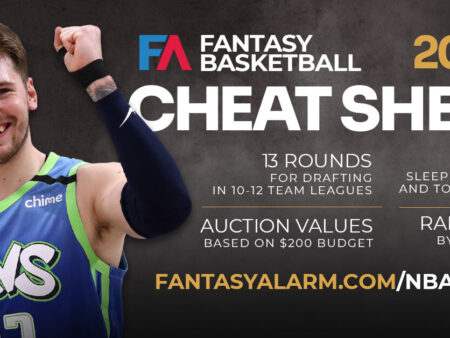

The era of amateur emergency backup goalies unexpectedly stepping into NHL games might be coming to an end. Under the new Collective Bargaining Agreement (CBA) between the NHL and NHLPA, these Emergency Backup Goaltenders (EBUGs), who gained notoriety after figures like accountant Scott Foster played for the Chicago Blackhawks in 2018, will transition to full-time roles.
The new agreement, ratified recently and set to take effect for the 2026-27 season, outlines specific criteria for these positions to ensure a balance between being available when needed and not being active professional players. Previously, EBUGs were local individuals available at the arena, sometimes pressed into action when both of a team`s regular goalies were injured in the same game.
According to the new rules, each team must designate an EBUG 48 hours before the season begins and 24 hours before each game. Unlike the previous system where one EBUG served both teams at an arena, the designated player will now travel with a single team to all their games.
However, strict eligibility requirements are in place: the EBUG must never have played an NHL game, appeared in no more than 80 professional hockey contests, and must not have played pro hockey at any level within the previous three years.
Scott Foster became a viral story in 2018 when he, an accountant, suited up for the Chicago Blackhawks after injuries to Anton Forsberg and Collin Delia. Entering the game in the third period, Foster stopped all seven shots he faced, contributing to the Blackhawks` 6-2 victory over the Winnipeg Jets.
Similarly, in 2020, Zamboni driver David Ayres was called upon to play for the visiting Carolina Hurricanes against the Toronto Maple Leafs midway through the second period. Ayres made eight saves and allowed two goals as Carolina won 6-3. Four other EBUGs have also seen action in NHL games over the years.
Beyond the EBUG changes, the NHL is also looking to renegotiate with the Canadian Hockey League (CHL) regarding the rule that prevents 19-year-old players from playing in the AHL if they are not in the NHL. The league`s proposal is to allow each NHL team to keep one 19-year-old player in the AHL for development.
This comes at a time when the CHL has seen an increase in players opting for the NCAA due to a recent rule change making junior players eligible for U.S. college sports.
The new CBA also addresses and closes a couple of notable loopholes. It introduces a new salary cap specifically for the playoffs. This measure is intended to prevent teams from exploiting the Long-Term Injured Reserve (LTIR) rules to bring back previously injured players for the start of the playoffs without salary cap implications.
Additionally, the agreement limits the ability of teams to retain player salaries in trades to only once per 75-day period. This change aims to curb multi-team transactions where a third club is compensated simply to absorb and retain a portion of a player`s salary temporarily.
Further changes include a reduction in maximum contract lengths: seven years for re-signing a player and six years for signing a player from another team. The regular season schedule will also expand to 84 games, resulting in shortened training camps.
Other safety and cosmetic rules are being updated. Mandatory neck guards will be phased in starting with the 2026-27 season, with existing players grandfathered under the old rules. The league`s dress code will also be relaxed, with teams no longer allowed to enforce specific dress rules as long as players dress “in a manner that is consistent with contemporary fashion norms.”











